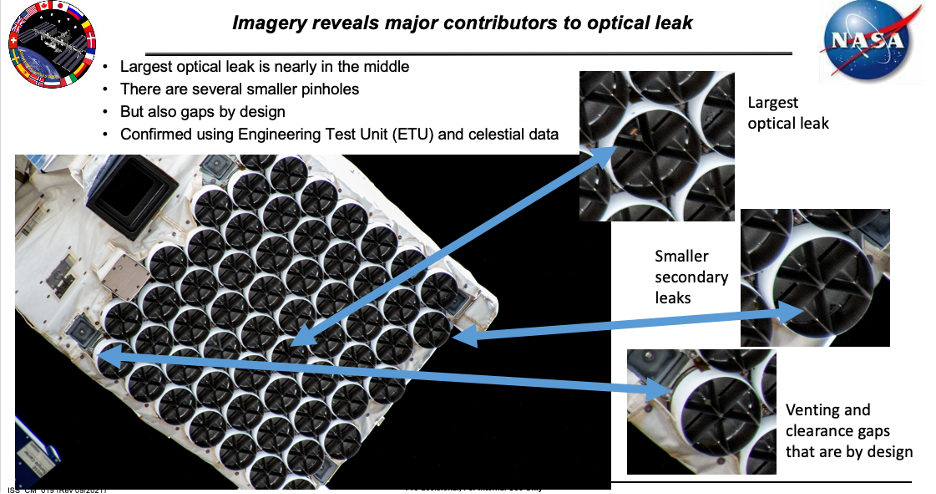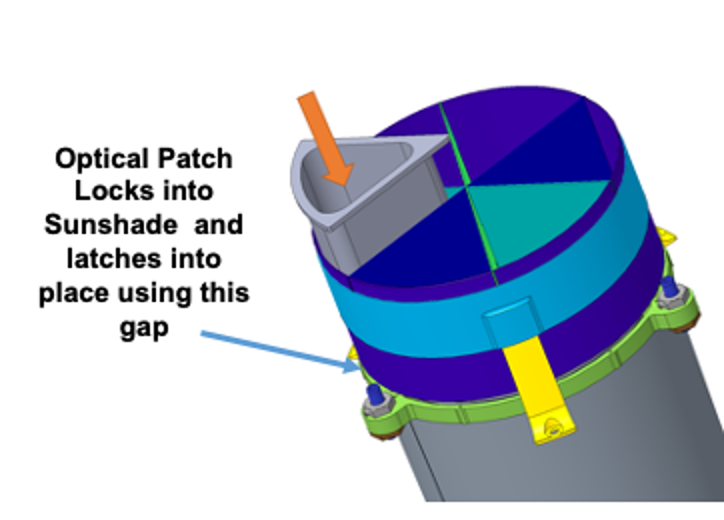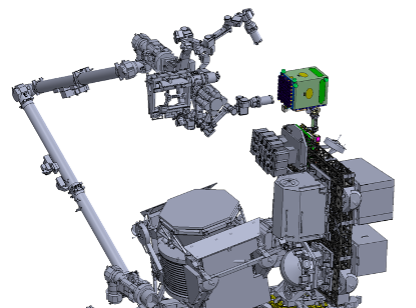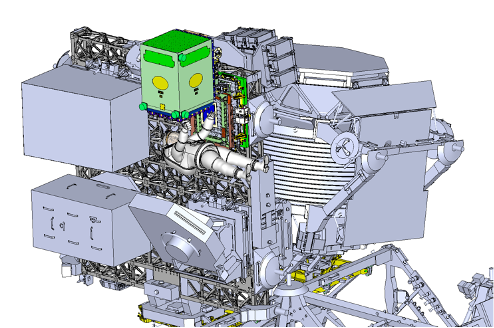January 26, 2024: Update on Patching of the NICER Light LeakOn January 9, 2024, NICER received approval from ISS program management to proceed with a light-leak repair effort. The NICER team is targeting launch of a patch kit to ISS in early August 2024, with installation of the patches possibly by the end of August, or in Fall 2024. X-ray data from a variety of celetial sources strongly suggest that the damage is limited to some of the thin optical-blocking/thermal filters that cover NICER's X-ray Concentrator (XRC) optics. Imagery from ISS cameras and crew reveals that several of the thin films are affected, with damage ranging from small pinholes to one large tear. These openings allow visible and infrared light to flood the interior of the X-ray Timing Instrument's (XTI) optical bench during ISS orbit day. Orbit-night observations are unaffected. 
The repair effort involves placing pie-shaped patches into certain XRC sunshade sectors. These patches will prevent light from entering the pinholes in those sectors. The patches will latch in place and remain permanently on NICER. At this time, the NICER team expects that as many as five patches will be installed, resulting in a significant reduction of optical loading while only reducing NICER's effective X-ray collecting area by less than 2%. 
Two alternative repair paths are under consideration. One path is to install the patches using ISS robotics systems (EVR), while the other path is for astronauts to install them as an Extra Vehicular Activity (EVA) task. By the end of February, the primary repair path will be selected based on testing and additional detailed analysis by the NICER and ISS teams. 

|

